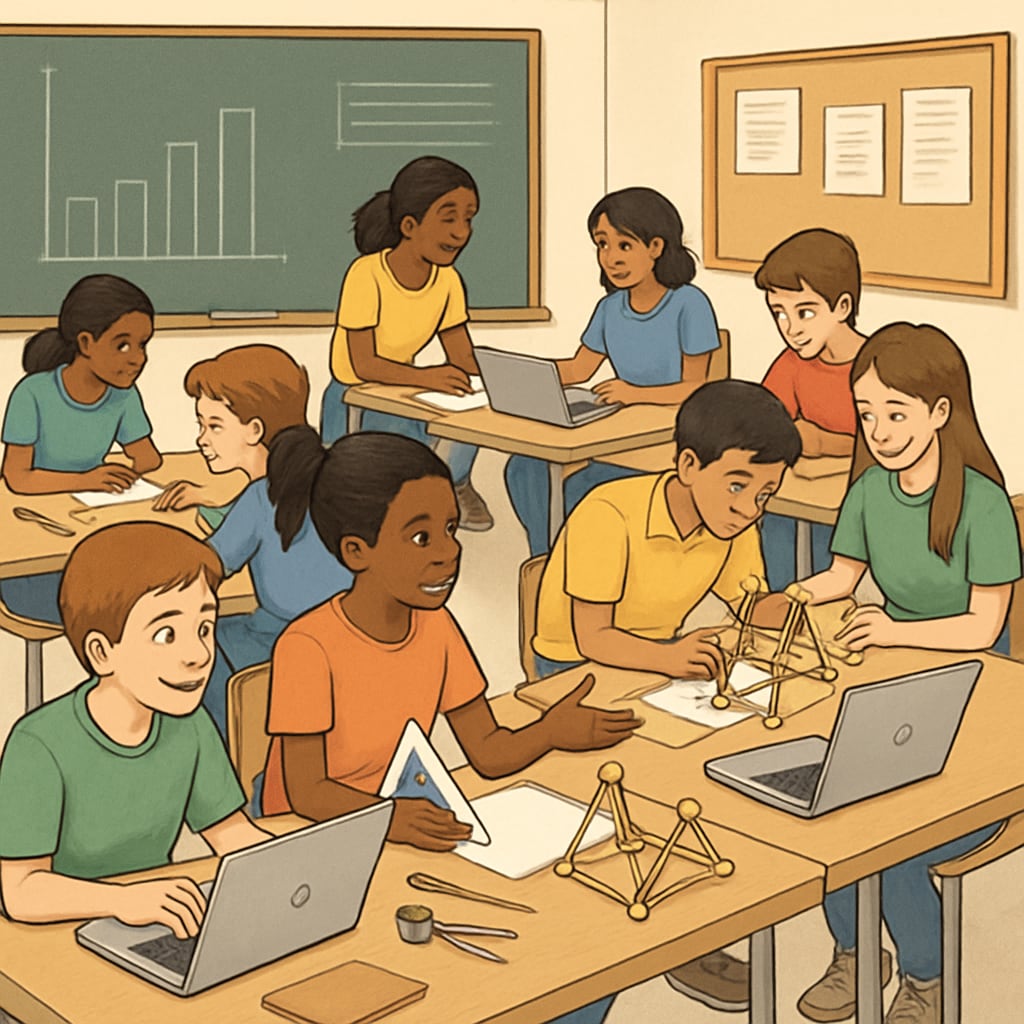Education technology (EdTech) has revolutionized learning, with tools like Chromebooks becoming ubiquitous in K12 classrooms. While these devices offer unparalleled convenience and efficiency, they also raise concerns about their impact on fostering critical thinking and deeper cognitive development in children. As schools embrace the digital age, it’s crucial to examine how educators can balance these technological advancements with the need for meaningful, thoughtful learning experiences.

The Double-Edged Sword of Education Technology
Education technology has brought undeniable benefits to K12 classrooms. Chromebooks, for instance, enable quick access to vast digital resources, interactive lessons, and collaboration tools. However, their ease of use can sometimes oversimplify learning, encouraging surface-level understanding rather than the deep, critical engagement required for long-term cognitive development.
For example, digital tools often prioritize speed and convenience. A student working on a Chromebook can quickly search for answers, but this immediacy may limit opportunities to analyze, synthesize, or critically evaluate information. As a result, there’s a risk that students might rely too heavily on technology, bypassing the cognitive processes that underpin critical thinking.
Chromebooks and the Risk to Critical Thinking
Critical thinking—a foundational skill in education—thrives on problem-solving, reasoning, and reflection. Yet, the design of many EdTech platforms can inadvertently discourage these processes. Consider a scenario where students complete multiple-choice quizzes on Chromebooks. While efficient for testing knowledge, such methods often fail to nurture deeper inquiry or encourage students to explore alternative solutions.
Moreover, prolonged screen time and digital interactions can also impact a child’s ability to focus and engage in sustained thinking. A study by Britannica highlights how overreliance on technology may reduce opportunities for active, hands-on learning—critical for young minds.

Striking the Right Balance in the Classroom
To ensure that Chromebooks and other EdTech tools support rather than hinder cognitive growth, educators can adopt the following strategies:
- Blend Technology with Traditional Methods: Incorporate offline activities such as debates, journaling, or project-based learning to complement digital lessons.
- Prioritize Open-Ended Tasks: Design assignments that require critical thinking, analysis, and creativity rather than rote learning.
- Teach Digital Literacy: Equip students with skills to critically evaluate online information, ensuring they use technology as a tool for deeper learning.
- Limit Passive Screen Time: Encourage interactive and collaborative use of Chromebooks rather than solitary activities.
By adopting these practices, educators can leverage the strengths of EdTech while minimizing its potential drawbacks, fostering a more holistic learning environment.
The Path Forward: A Thoughtful Integration of EdTech
Ultimately, Chromebooks and other digital tools are not inherently detrimental to cognitive development. The key lies in how they are used. Schools and educators must approach EdTech integration with intentionality, ensuring that technology complements rather than replaces traditional learning processes.
For parents and educators alike, it’s important to recognize that technology is a means, not an end. By focusing on building environments that value inquiry, critical thinking, and creativity, we can prepare students not only for academic success but also for lifelong learning in an ever-changing world.
As we navigate the fast-paced world of EdTech, it’s worth remembering that sometimes, the most profound learning happens when we step back, slow down, and allow young minds the time and space to think deeply.
Readability guidance: This article uses short paragraphs for clarity, incorporates lists to summarize key points, and ensures a balance of active voice and transitional phrases to maintain flow.


